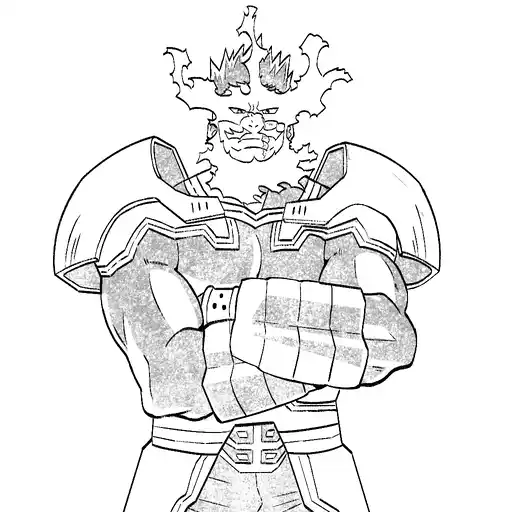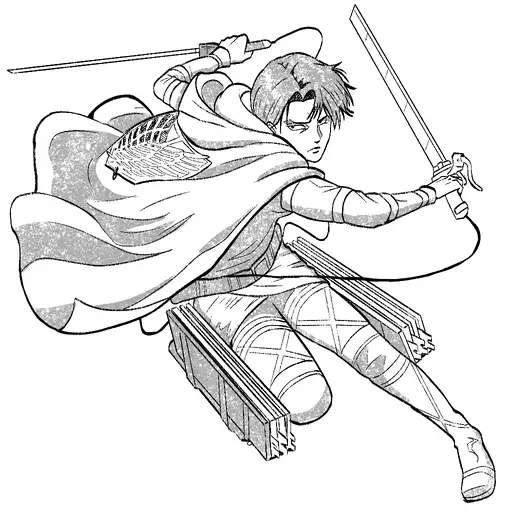Introduction
In the realm of manga, where creativity knows no bounds, the concept of humanoid robots has carved a niche that continues to captivate audiences. One such intriguing narrative is found in the manga set in a near-future world where humanoid robots are as common as household appliances. These robots perform various tasks ranging from labor and housework to socializing, offering a glimpse into a possible future where human-robot interaction is seamless. This article delves into the captivating story of Komiyama, a teenager whose life takes a turn when she receives a humanoid robot named Tani, who instantly falls in love with her. With a focus on the manga “I Belong to the Baddest Girl at School” by Ui Kashima, we explore the cultural and thematic significance of humanoid robots in manga and their broader impact on Japanese pop culture.
Background and Context
The Rise of Humanoid Robots in Manga
Manga, a powerful medium for storytelling, has long been fascinated with the integration of technology and humanity. The concept of humanoid robots, or “androids,” often serves as a reflection of societal hopes and anxieties about technology. In Japan, where technological innovation is a cultural cornerstone, the portrayal of robots in manga offers both entertainment and a speculative glimpse into the future.
Ui Kashima’s Contribution to the Genre
Ui Kashima, a celebrated manga artist, launched “I Belong to the Baddest Girl at School” in Young Ace Up in December 2017. The manga, which concluded in January 2021, is a testament to Kashima’s ability to weave complex themes of love, identity, and technology into a compelling narrative. Published by Kadokawa, it spans seven volumes, with the English release by One Peace Books culminating in June 2023. Kashima’s work stands out for its ability to humanize technology, offering readers an engaging exploration of what it means to be human in a world increasingly dominated by machines.
Main Insights on Humanoid Robots in Manga
Exploring Human-Robot Relationships
At the heart of the manga is the relationship between Komiyama and Tani, the humanoid robot. This dynamic explores themes of love and companionship, challenging traditional notions of relationships. The instant affection Tani feels for Komiyama presents a unique narrative twist, prompting readers to consider the nature of emotions and consciousness in artificial beings.
Technological Imaginations and Real-World Parallels
The portrayal of humanoid robots in manga is not just a flight of fancy; it resonates with Japan’s technological landscape. The country’s strides in robotics are well-documented, with innovations in fields such as healthcare, manufacturing, and personal assistance. Manga like Kashima’s offer a speculative yet plausible vision of how these technologies might evolve, prompting readers to consider the implications of such advancements.
Emotional Depth and Character Development
One of Kashima’s strengths lies in her ability to create emotionally resonant characters. Komiyama’s initial ambivalence towards Tani, followed by a gradual acceptance, mirrors the broader societal journey towards embracing technology. The manga delves into themes of acceptance, belonging, and the quest for identity, making it a rich tapestry of human experiences set against a futuristic backdrop.
Challenges and Opportunities
Opportunities for Cultural Exchange
Manga serves as a cultural bridge, introducing global audiences to Japanese perspectives on technology. The English release of Kashima’s work by One Peace Books is a testament to the growing interest in Japanese pop culture and its ability to spark conversations about universal themes through a uniquely Japanese lens.
Future Outlook
The Evolving Landscape of Manga and Robotics
As technology continues to advance, the portrayal of humanoid robots in manga will likely evolve, reflecting new innovations and societal shifts. Future narratives may explore deeper integration of AI in everyday life, pushing the boundaries of what is possible in both fiction and reality.
The Global Influence of Japanese Pop Culture
Japanese manga and anime have long been influential on a global scale, shaping perceptions of technology and futuristic possibilities. As stories like “I Belong to the Baddest Girl at School” reach international audiences, they contribute to a broader dialogue about the role of technology in shaping our future.
Conclusion
In conclusion, the manga “I Belong to the Baddest Girl at School” offers a thought-provoking exploration of humanoid robots and their impact on human relationships. Through the lens of Komiyama and Tani’s story, readers are invited to ponder the complexities of love, identity, and technology. As the world continues to grapple with the implications of advanced AI, manga like Kashima’s provide both entertainment and a platform for reflection. Whether you are a long-time manga enthusiast or new to the genre, this story is a compelling addition to the rich tapestry of Japanese pop culture, offering insights into the ever-evolving relationship between humans and technology.





